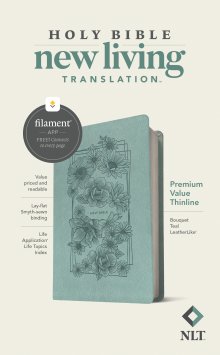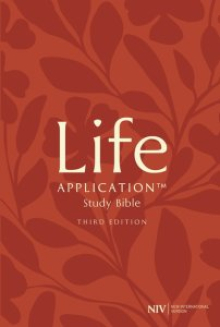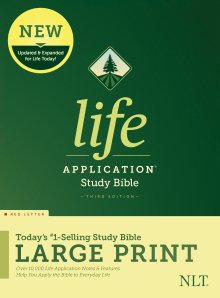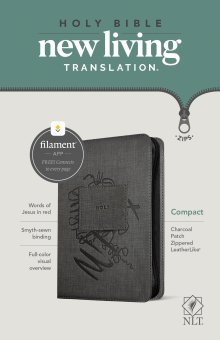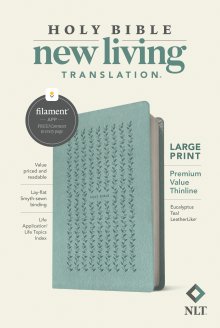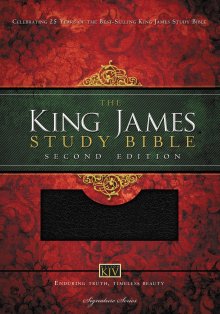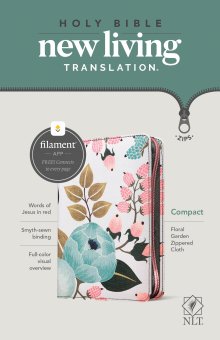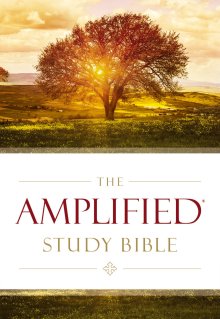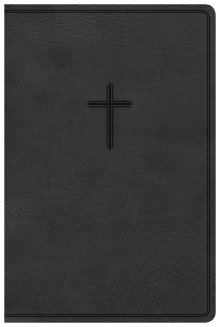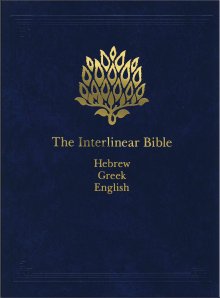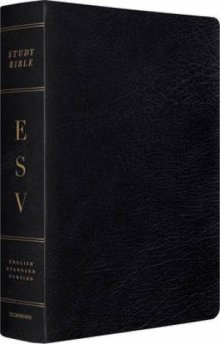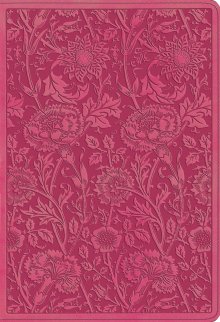The Ultimate Guide to Choosing and Using a Study Bible
The Editor
You've decided you want to go deeper into God's Word, and a Study Bible is your next step. That's fantastic! A good Study Bible can transform your understanding of Scripture, but with so many options available, how do you choose the right one?
And once you have it, what's the best way to use all its amazing features?
This ultimate guide will walk you through everything you need to know. We'll simplify the process of choosing the perfect Study Bible for your needs and give you practical tips on how to use it to unlock the richness of Scripture.
Choosing the best Study Bible involves matching your primary goal (life application vs. deep theology) with your preferred translation (like NIV or ESV) and desired features, such as large print or wide margins for note-taking.
Part 1: How to Choose the Right Study Bible
Finding your perfect Study Bible is about matching its features to your personal study goals. Let's break down the three key decisions you'll make.
1. What is Your Primary Study Goal?
Different Study Bibles are created with a different focus in mind. Ask yourself: "What do I most want to get out of my study time?"
- For Practical, Everyday Faith: If your goal is to understand how the Bible applies directly to your modern life, work, and relationships, look for a Life Application Study Bible. These are renowned for their practical notes and real-world insights.
- For Deep Theological Understanding: If you want to explore the doctrinal and theological depth of Scripture, choose a comprehensive Study Bible like the ESV Study Bible or MacArthur Study Bible. These are packed with extensive notes from respected scholars.
- For Historical & Cultural Context: If you love history and want to understand the world of the Bible, an Archaeological Study Bible or Cultural Backgrounds Study Bible will bring Scripture to life with maps, photos, and notes on ancient customs.
Our Top Pick for Life Application:
NIV Life Application Study Bible, Third Edition
A consistent bestseller, this edition excels at helping you understand how to apply God's Word directly to your everyday challenges and experiences.
2. Which Translation Do You Prefer?
The study notes are paired with a specific Bible translation. It's important to choose one you enjoy reading. The two main styles are:
- Thought-for-Thought (e.g., NIV, NLT): Focuses on readability and conveying the overall meaning in natural, modern English. Great for general reading and study.
- Word-for-Word (e.g., ESV, KJV, NKJV): Stays as close as possible to the original wording and structure. Excellent for precise, in-depth study.
Unsure about translations? Read our detailed Guide to the Most Popular Bible Translations to learn more!
3. What Features Will Help You Most?
Finally, consider the practical features that will enhance your study experience:
- Large or Giant Print: If you find standard text a strain to read, choosing a large print edition is essential for comfort.
- Wide Margins: If you love to take extensive notes, draw, or journal your thoughts, a Wide Margin Study Bible is the perfect choice.
- Red Letter: Do you prefer the words of Jesus to be printed in red? This is a common feature but not available in all editions.
- Filament Enabled: Some modern Study Bibles are Filament-enabled, allowing you to scan a page with your phone to access a wealth of digital resources like videos, devotionals, and interactive maps.
Part 2: How to Use Your New Study Bible Effectively
Once you have your Study Bible, here are four simple steps to get the most out of it:
- Start with the Book Introduction: Before you read a book of the Bible (like John or Romans), read its introduction in your Study Bible first. This will give you crucial context about the author, the historical setting, the main themes, and an outline of the book, which will dramatically enhance your understanding.
- Read the Scripture First, Then the Notes: Read a chapter or section of the biblical text on its own first. Then, go back and read the study notes at the bottom of the page for that section. This allows you to engage with God's Word personally before diving into the commentary.
- Follow the Cross-References: When you see a cross-reference next to a verse, take a moment to look it up. This is one of the best ways to see how different parts of the Bible connect and how Scripture interprets itself.
- Use the Tools at the Back: Don't forget about the resources at the end! Use the concordance to look up key words and find where else they appear. Refer to the maps to trace the journeys of Paul or see the layout of ancient Israel.
A Study Bible is a powerful tool designed to be used, marked up, and cherished. By choosing one that fits your goals and learning how to use its features, you can unlock a richer and more profound engagement with Scripture.
Ready to find your perfect study companion? Explore our full range of Study Bibles at Eden.co.uk ►
Latest Blogs

Worship
What is Christingle?
Christingle is a Christian tradition, often celebrated during Advent and leading up to Christmas, particularly in Anglican, Methodist, and Catholic churches.

Christian Gift Guide: Christmas Gift Ideas For Six-Year Olds
We've taken the guesswork out of finding the perfect presents! Dive into our ultimate Christmas Gift Guide series, where we've handpicked the best Christian gifts especially for babies, toddlers, children and tweens.

Discover the True Meaning of Advent with The Real Advent Calendar
As the nights draw in, the countdown to Christmas begins. For many families, an advent calendar is a cherished tradition, a daily treat that builds excitement for the big day. But in a world of corporate, secular calendars, it can be a challenge to find one that reflects the true, Christ-centred meaning of the season.

Cards
What to Write in a Christian Christmas Card
Find the perfect words for your Christmas greetings with our guide to writing in a Christian Christmas card. Discover meaningful messages, Bible verses, and inspiration to share the joy of Christ's birth.

The Ultimate Christian Christmas Gift Guide For Children
Welcome to our Ultimate Christian Christmas Gift Guide Series, where we've hand-picked the best, most inspiring presents for every child on your list

Bibles
The NKJV Bible: Is It Accurate? Your Top Questions Answered (2025)
Is the New King James Version (NKJV) accurate? How is it different from the KJV? Our simple guide answers the top questions about this popular Bible translation.

